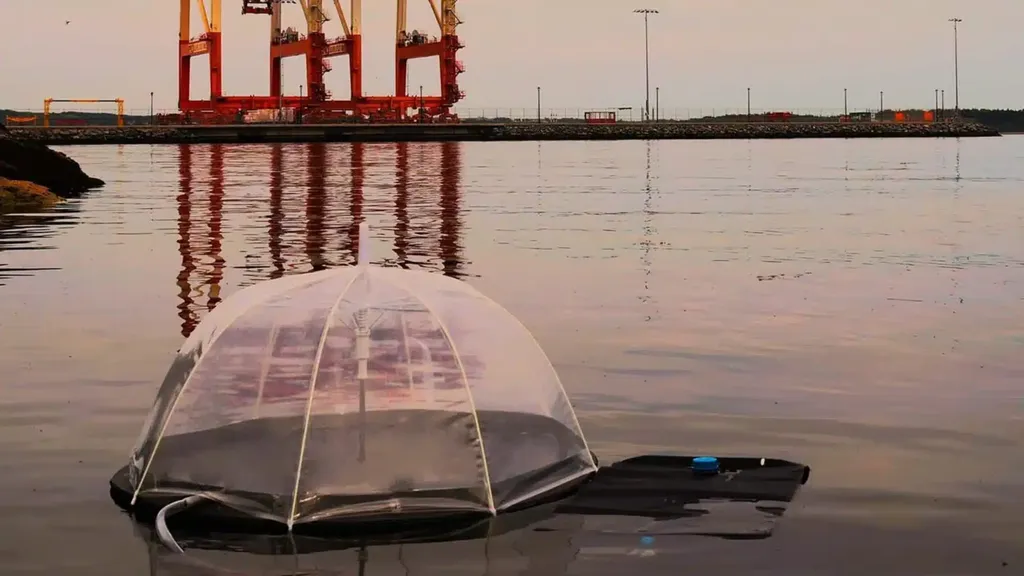In a groundbreaking study that could revolutionize the maritime industry’s approach to fuel, researchers from the Maritime University of Szczecin have delved into the rheological properties of diesel-based fuels blended with tire pyrolysis oil (TPO). Led by Leszek Chybowski from the Department of Marine Propulsion Plants, the research, published in the journal Energies, explores how blending diesel with TPO affects the fuel’s flow and performance, opening up new avenues for sustainable and cost-effective fuel solutions.
So, what’s the big deal about TPO? Well, it’s a byproduct of pyrolysis, a process that breaks down waste tires into useful materials. With millions of tires discarded annually, finding a productive use for them is a win-win for the environment and the economy. Chybowski and his team have shown that TPO can be blended with diesel to create a fuel that meets international standards, paving the way for its use in marine engines.
The study, which tested blends with TPO concentrations ranging from 5% to 20%, found that the density and viscosity of the fuel increased with higher TPO content. However, all blends met the kinematic viscosity requirements at 40°C, as specified in ISO 8217:2024 standards. This is a significant finding, as viscosity is crucial for engine performance and longevity. As Chybowski puts it, “The viscosity index for all the tested fuels exceeds the value of 100. This means, assuming criteria analogous to those for lubricating oils, a relatively small decrease in viscosity with increasing temperature.”
But what does this mean for the maritime industry? For starters, it offers a sustainable alternative to traditional diesel fuels. With the International Maritime Organization (IMO) pushing for a 40% reduction in greenhouse gas emissions by 2030, finding eco-friendly fuel solutions is more important than ever. TPO blends could help maritime companies meet these targets while also reducing their reliance on fossil fuels.
Moreover, the use of TPO could lead to significant cost savings. Tires are a ubiquitous waste product, and turning them into fuel could provide a steady and cheap supply. This is particularly relevant for the maritime sector, where fuel costs can make up a significant portion of operational expenses.
The study also found that the low-temperature properties of the fuels, such as the pour point, cloud point, and cold filter plugging point, remained within acceptable limits. This is crucial for maritime operations, which often take place in harsh, cold environments.
However, the researchers noted that while the blends met international standards, they did not always comply with national regulations, particularly for blends with higher TPO concentrations. This suggests that further modification and testing may be needed before TPO blends can be widely adopted.
The potential benefits of TPO blends are clear, and the maritime industry should take note. As Chybowski and his team have shown, these fuels could offer a sustainable, cost-effective, and high-performing alternative to traditional diesel. The next step is for maritime companies to start exploring this opportunity, conducting their own tests and trials to see if TPO blends can work for them. After all, the future of maritime fuel could be right under our tires.

